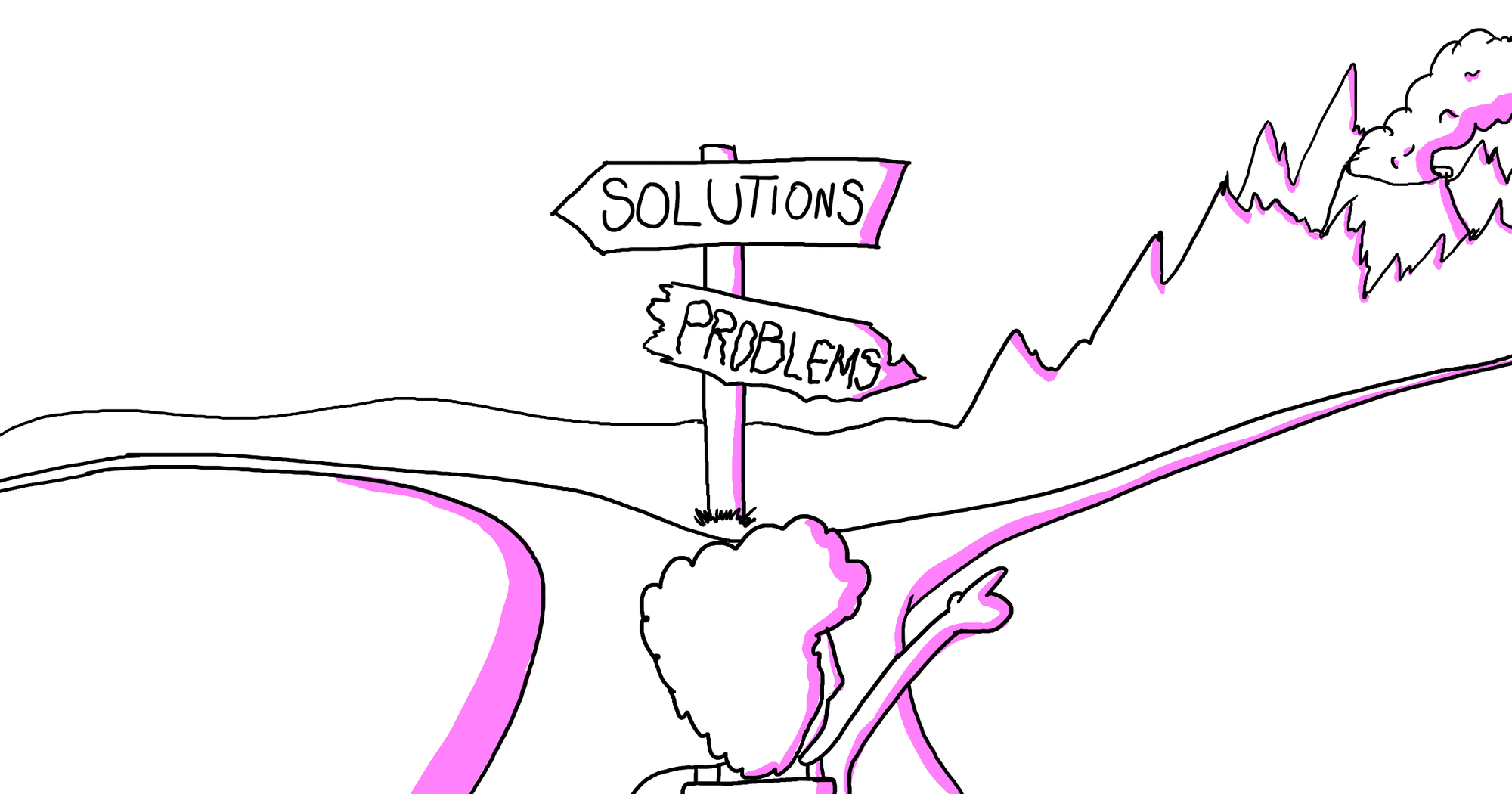Because most generative AI tools today are solutions oriented, it’s more important than ever that design students be able to think critically and analyze broader contexts. This will both help them continue to have value in an AI-driven world and ensure we don’t lose out on innovative solutions that come from more exploratory problem-assessing approaches.
I recently read Principles of Effective Research, a 2004 essay by Michael Nielsen, that presented two types of research styles: problem-solver and problem-creator. In summary, problem-solvers aim to find efficient solutions to predefined issues while problem-creators explore and redefine problems, fostering deeper understanding and creativity.
While both approaches to problems can be useful in different contexts, the skills of a problem-creator will help designers stand out in a world of machine-driven problem-solving.
Problem-creator skills, reframed for design students
Like any good foundational principles for thinking, Nielsen’s problem-creator skills apply broadly to many domains. I’ve compressed and reworded their definitions to make them directly applicable to design students.
- Developing a taste for what’s important: Cultivating a sense of which problems and ideas for both users and businesses are most significant and impactful.
- Internal and external standards for what is important: Balancing personal interest with external validation to guide design research direction and aesthetic sensibility.
- Exploring for problems: Systematically surveying fields—both directly and laterally—to identify overarching patterns and critical, unsolved questions.
- Getting ahead of the game: Identifying and addressing significant problems before they become widespread, critical points of failure for both users and the business.
- Identify the messes: Recognizing and tackling complex, disorganized areas of human-computer interaction, psychology, and society to uncover underlying principles.
As design instructors, we can look at these skills as learning outcomes that can help us create activities and discussions to develop them in our students.
I’ve found that project-based learning and shifting from teacher-style grading to manager-style feedback encourages problem-creators. Giving students real clients makes them practice problem-creator skills, while organically adding the dose of chaos necessary for adaptable thinkers. Real projects also limit an instructor’s ability to have answers readily available for problems that arise from the work. This means we become expert collaborators in sense-making rather than gate-keepersfor solutions.
Of course, outlining the essential skills for divergent thinking is nothing new. Why this specific article resonated with me is Nielsen’s phrasing. His use of words like “taste”, “game”, and “messes” evoke playfulness and encourage personal expression—critical elements that are informed by a person’s lived experience and difficult to replicate by a generative machine, no matter how large the training dataset.
In teaching them these skills, our students should no longer be worried about competing against generative AI. If we’re doing our jobs well, students will develop a confidence in their value as collaborators on our most pressing design challenges.
